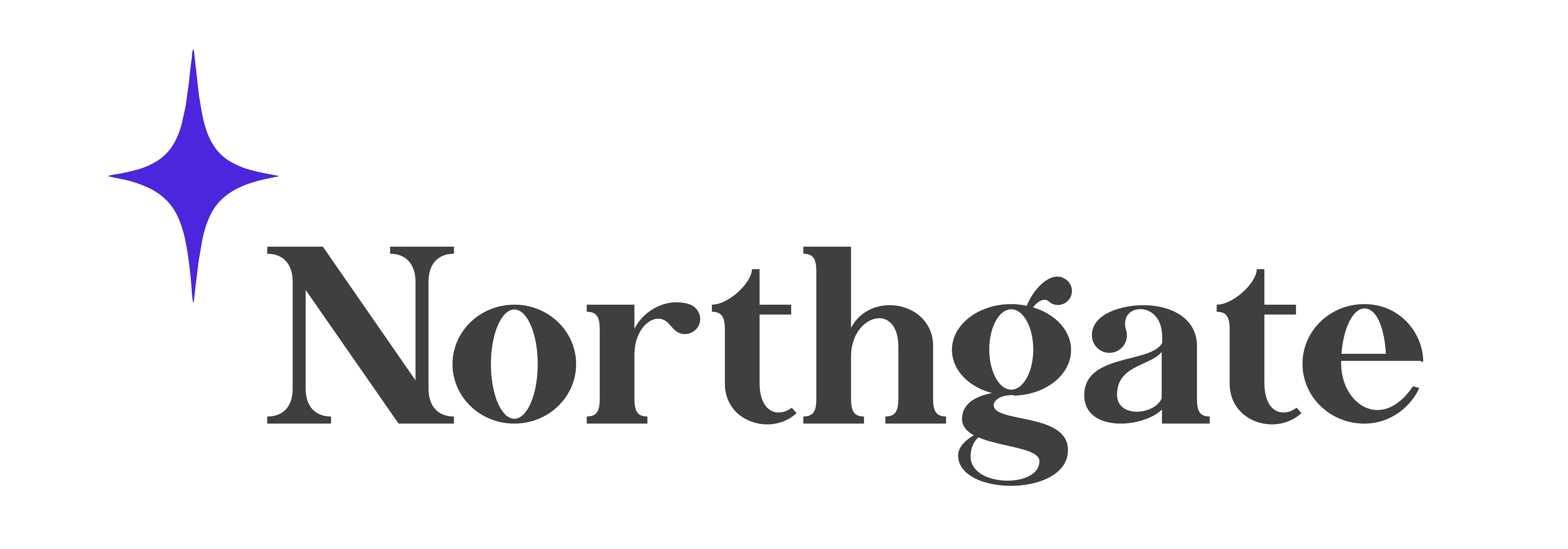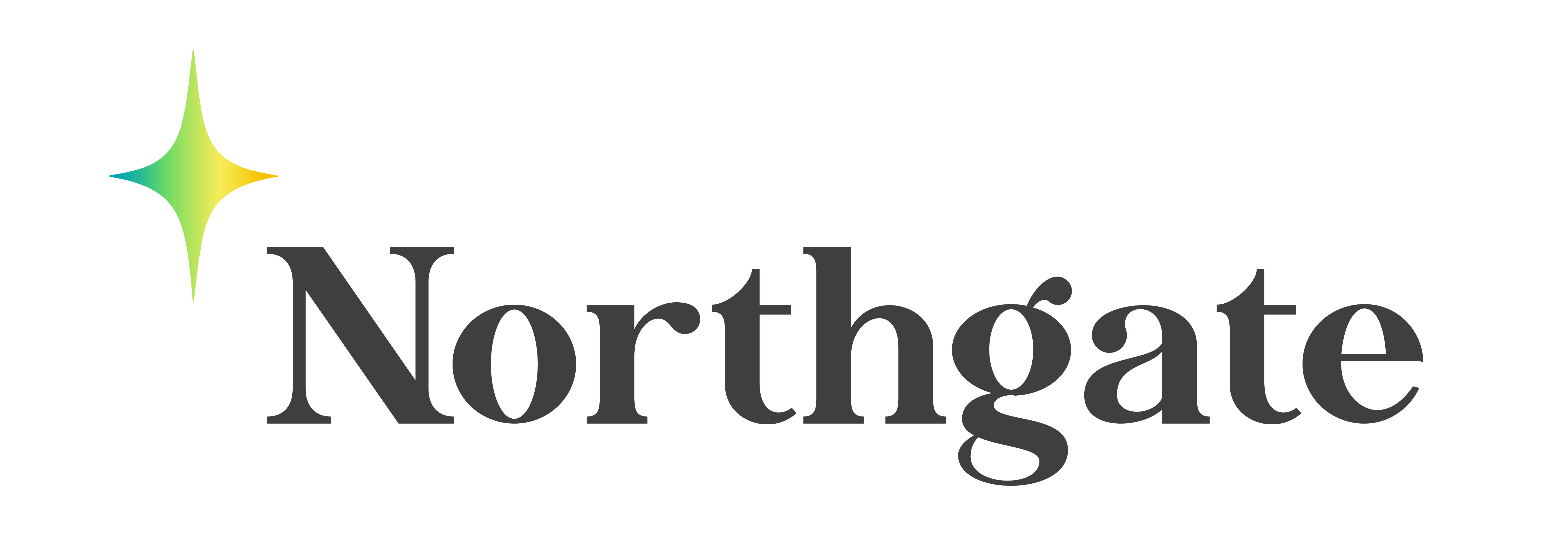
What is Consumer Psychology?
Have you ever wondered why a customer would be more likely to buy one item over another? Or why does one social post get more attention than the next? Or how do your marketing strategies affect your target audience? Do you want to improve your marketing strategy to more effectively reach your customers? If you answered yes to any of these questions, understanding consumer psychology could greatly benefit you and your brand.
So what is Consumer Psychology?
Consumer psychology studies different variables that help your brand better understand why a person, or group of people, might make specific decisions regarding your brand. It gives your business better insight into who your marketing should be directed towards and how to do it in a way that will best grab the consumer’s attention.
Consumer psychology can help your brand better understand:
Consumer psychology can help your brand better understand:
- The thought process and emotion behind certain purchases or consumer decisions.
- How might a consumer come to choose between specific businesses or brands?
- How are consumers affected by their environments, such as friends, location, or culture?
- What might motivate a consumer to buy one product or service over another?
- How can your brand adjust its marketing strategies to cater more appealing content to your consumers?
Things such as environment, media intake, culture, past buying habits, and much more play a big part in understanding your consumer’s habits. A formal definition given by the American Psychological Association defines consumer psychology as “the branch of psychology that studies the behavior of individuals as consumers and the marketing and communication techniques used to influence consumer decisions.”
If you can learn why consumers choose the products or services that they choose, then you have a better chance to create more specific content to gravitate them towards your brand. Ignoring consumer behavior when trying to sell a product or service can be detrimental to your brand. If a brand fails to understand a customer’s reaction to specific content, then they have a much higher chance of seeing that content fail.
Hypothetically speaking, let’s say you run a comfortable athletic-wear brand. If your target audience is upbeat, single millennial women, but your content is dark, bland, or uninviting, you probably won’t find the same promising results that you could see if you had more warm, colorful content. The more specific you can get with knowing your customer’s behaviors, the more attuned your marketing strategy can be to give them the results they want to see, which in turn, will make them more likely to buy your product or service. Understanding psychological factors in your consumers’ behaviors can be daunting, but it’s not impossible.
Why is consumer psychology so important?
Put yourself in the shoes of the consumer for a second. On an average day, how many decisions do you find yourself making? “What shoes should I wear?” “Jacket or no jacket?” “What should I eat for breakfast?” And the list could go on. When you think about it, we are constantly making impactful decisions that create preferences that could eventually, in turn, be applied to future purchases. If the shoes you wear are comfortable and look good, you may be more inclined to buy from the same brand or a similar style. If you think your jacket is out of fashion but you still want to be warm, you may want to buy a new one eventually. Thinking about breakfast? That reminded you to get eggs next time you are at the grocery store. Every decision you make, no matter how small, reveals more about your consumer psychology.
This same idea applies to your average consumer. If you can pinpoint exactly what makes your target consumer go “Wow!”, you can start wrapping your marketing plan, product, or service around that to draw more and more people to your brand. By learning your consumer’s psychological factors, you can better understand what draws them to and from your brand. Additionally, which products best cater to your target audience, which are obsolete, and how you can market your product or services in a war that maximizes impact on your consumers.
In the long run, understanding the thought process of your target audience will not only set you up for a path of success, but it will also make your brand stand out for future potential customers. Ultimately, this will make your decision-making process a lot clearer. Creating content, products, or services for an audience who you know nothing about can be confusing. Understanding why your audience is buying what they’re buying is a great way to map out a marketing plan for your brand.
Using consumer psychology to your advantage
Your consumers are the key to the success and positive growth of your brand! So how do you use their behavior and psychological factors to your advantage? To start, let us look back at our high school science class. Remember learning about the scientific method? It works like this:
- Ask a question: The scientific method begins when you ask a question like who, what, when, where, why, or how.
- Who is my target audience?
- What factors are influencing consumer behavior?
- When do my consumers scroll through social media?
- Where does my target audience spend most of their time on social media? Instagram? LinkedIn?
- Why do people buy some of my brand’s products or services but not others?
- How does my target audience choose between businesses, products, or services?
2. Research: After asking these questions, do the research! Conduct research on which social platforms your buyers congregate. What personal or cultural factors are playing a role in their decision-making. Don’t simply try to answer a question and move on to the next. Do the research and get to know the behaviors of your target audience.
3. Hypothesis: A hypothesis is an educated guess about how something works. It is an attempt to answer your questions in a way that can be experimented upon or tested.
“If ___, then ___ will happen.”
If I update or publish this new content, more people will be driven to my brand or website.
4. Experiment: An experiment will test whether or not your hypothesis is accurate, so get content out there! Just press post! The only way to know if your consumer will take well to your new content, product, or service is to put it in front of them.
5. Analyze data: Collect your measurements from the experiment to see if your hypothesis was correct! Conduct polls or online surveys to get a feel for how your customers liked your new content, product, or service.
6. Communicate Results: Review the results of your experiment with your team. Address the ways it went well, and ways to improve in the future.
This can be applied repeatedly to ensure that you are coming out with nothing but the best results for your customers. By tapping into your buyer’s mind and understanding their interests, hobbies, likes, and dislikes, you can create a sustainable relationship with them that benefits both parties. This is essential to making your brand stand out and succeed. A relationship would get very tedious if you never took the time to learn anything about each other!
Consumer psychology has emerged as a necessary tool to understand your customers better. By looking into buyer behaviors and the psychological factors driving your customers, you can fine-tune your content to suit your target audience better. By making content that the customer enjoys, you are creating a loyal and loving customer base for them to remember and potentially share with others.
by Alexia Wallace – Northgate Intern







